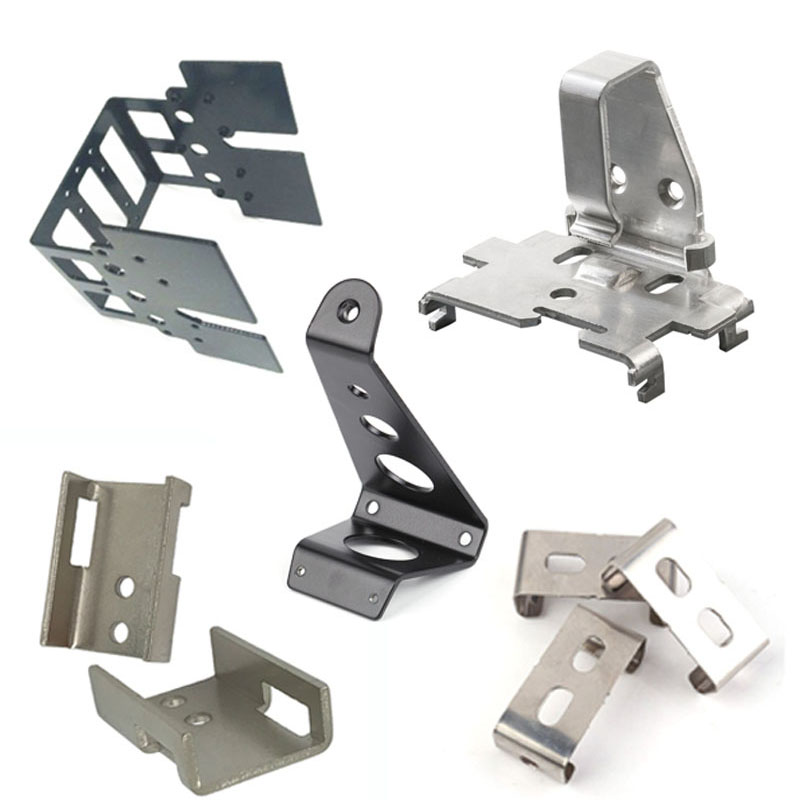There are two main purposes of precision stamping mold polishing. One is to increase the brightness and precision of the precision mold. The second is to make the mold easy to demold. When polishing, generally use rough whetstone to roughen the surface of the cavity of the machined mold, grind to remove the cutting marks of the machine tool, and then use fine whetstone to remove the rough whetstone to the mark. Sandpaper grinds the surface of the fine oil stone, and finally polishes the surface of the cavity of the mold with polishing paste or grinding paste, and finally achieves a mirror-like effect.

1.Mechanical polishing: Mechanical polishing of precision stamping molds is a polishing method that obtains a smooth surface by cutting and polishing the surface of the material to remove the convex parts after polishing. Generally, you use whetstone strips, wool wheels, sandpaper, etc., mainly manual operations, special parts For the surface of the rotating body, auxiliary tools such as a turntable can be used. For high surface quality requirements, the ultra-refined polishing method can be used. The ultra-precise grinding polishing adopts a special grinding tool. In the grinding polishing liquid containing abrasives, it is pressed against the surface of the workpiece to be processed for high-speed rotation. The surface roughness of Ra0.008μm can be achieved by this technology, which is the highest among various polishing methods. This method is often used in optical lens molds.
2. Electrolytic polishing: Electrolytic polishing of precision stamping dies, that is, by selectively dissolving tiny protruding parts on the surface of the material to make the surface smooth. Compared with chemical polishing, the effect of the cathode reaction can be eliminated, and the effect is better. The electrochemical polishing process is divided into two steps: (1) Macro leveling, the dissolved product diffuses into the electrolyte, and the surface roughness of the material decreases by Ra> 1 μm. (2) Low light leveling, anodic polarization, and improved surface brightness Ra <1μm.
3. Ultrasonic polishing: Precision stamping mold workpieces are placed in the abrasive suspension and placed together in the ultrasonic field, and the abrasive is ground and polished on the surface of the workpiece by means of the ultrasonic oscillation. Ultrasonic machining has a small macro force and does not cause workpiece deformation, but tooling production and installation are difficult. Ultrasonic processing can be combined with chemical or electrochemical methods. On the basis of solution corrosion and electrolysis, ultrasonic vibration is applied to stir the solution to dissolve the dissolved products on the surface of the workpiece, and the corrosion or electrolyte near the surface is uniform; the cavitation of ultrasonic waves in the liquid can also suppress the corrosion process and facilitate the surface brightening.